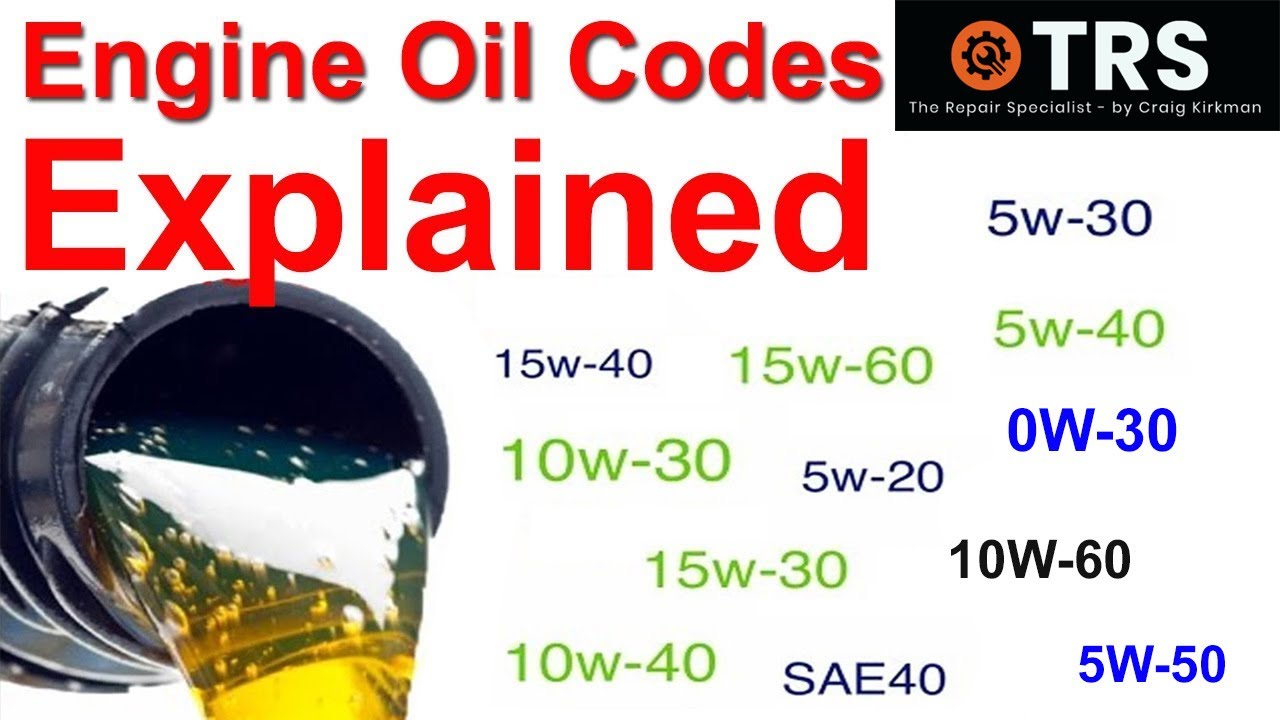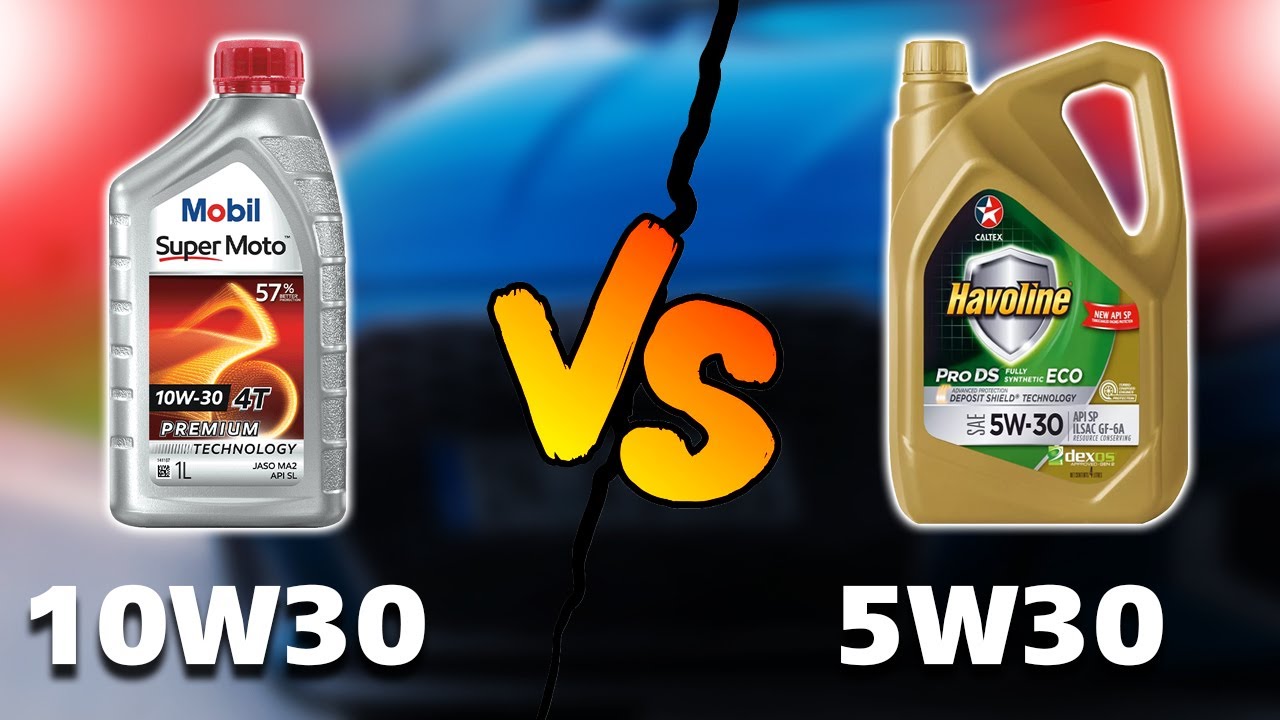When you press down on the brake lever, the fluid transfers the force to the brake pads. To convey the force effectively, these fluids must not compress. The ideal brake fluid has a high boiling point, is corrosion-resistant, and lubricates the calipers. Various kinds of brake fluid are available.
You may get brake fluids with the DOT3, DOT4, DOT5.1, and DOT 5 designations. Because brakes transform kinetic energy into heat, brake fluids experience typical levels of thermal stress.
What is DOT 3 Fluid?

Full synthetic DOT 3 brake fluids are petroleum-based rather than mineral-based, silicon-free, and suitable for a variety of clutch and braking uses. Alcohol and glycerin are combined to make it. Polyethylene glycol ether technology forms the basis of the brake fluid, ensuring optimum performance.
What is DOT 4 Brake Fluid?

Glycol ether-based DOT 4 braking fluids are enhanced with borate esters for better performance. Borate esters enhance a number of properties, including wet and dry boiling points. In comparison to DOT 3, the boiling point of DOT 4 brake fluid is greater and more stable. The boiling point drops faster than DOT 3 brake fluid, though, as it starts to absorb water.
What is DOT 5 Brake Fluid?
Most new cars use DOT 5 brake fluid, which is a silicon fluid. With such a high bylining point, it commands a premium price tag. The temperature at which it boils dry is 356 degrees. Modern brake rotors distribute heat well due to their thin and tiny design. The exceptional temperature resistance of this silicon-based brake fluid makes it perfect for this vehicle type.
DOT 3 vs. DOT 4 Brake Fluid: Which One Is The Better Brake Fluid?
For vehicles, DOT 3 brake fluid is the preferred choice. It is inexpensive and commonly used for typical vehicles that do not undergo heavy braking. The fact that DOT 4 works with traction control and anti-lock brake systems is another reason for its rising popularity. Mush is great for racing cars and police cars that need to brake hard. The DOT 3 and DOT 4 also differ in the following ways:
Chemical Structure
There is a small difference between DOT 3 and DOT 4 in terms of the chemical components. Polyalkylene and ether are mixed to make DOT 3, while borate and glycol make up DOT 4. The glycol ether is ideal for everyday automobiles since it maintains its integrity well in humid and hot environments. DOT 4, in contrast, is stable at high temperatures and has a high water tolerance.
Boiling Point
The boiling points of DOT 3 and DOT 4 fluids are the most distinguishing features. DOT 3 is better at absorbing water since it has a lower boiling point. Thus, it boils faster during harsh and hard braking, which could cause braking system damage. DOT 4’s boiling point is greater. It can be used as a substitute for DOT 3 brake fluid, but it is not a replacement for it.
Boiling Capacity

DOT 3 braking fluid is highly effective in both dry and wet conditions. So, it’s still going to be more effective than DOT 4 when left out in the elements. The wet boiling capacity of DOT 4 brake fluid is subpar, but its dry boiling capacity is superior.
Conclusion
All vehicles are required to have brake fluid. It makes no difference if you’re on a motorbike, a truck, or an economy sedan. It is the job of the brake fluid to facilitate the smooth movement of the braking system’s essential components. With the help of brake fluid, the pistons in the braking system can compress the brake rotors, causing the vehicle to slow down.




